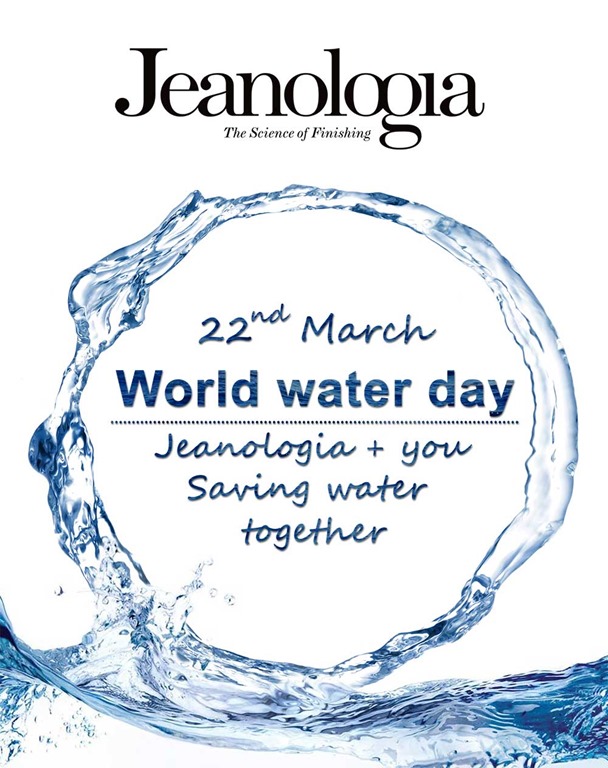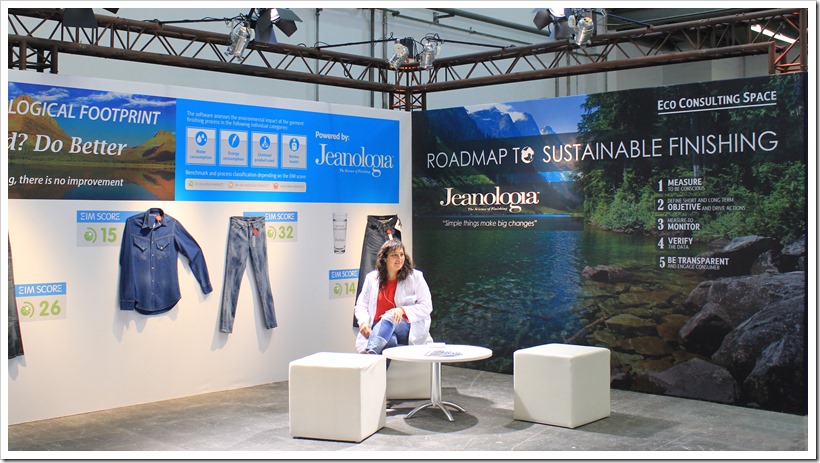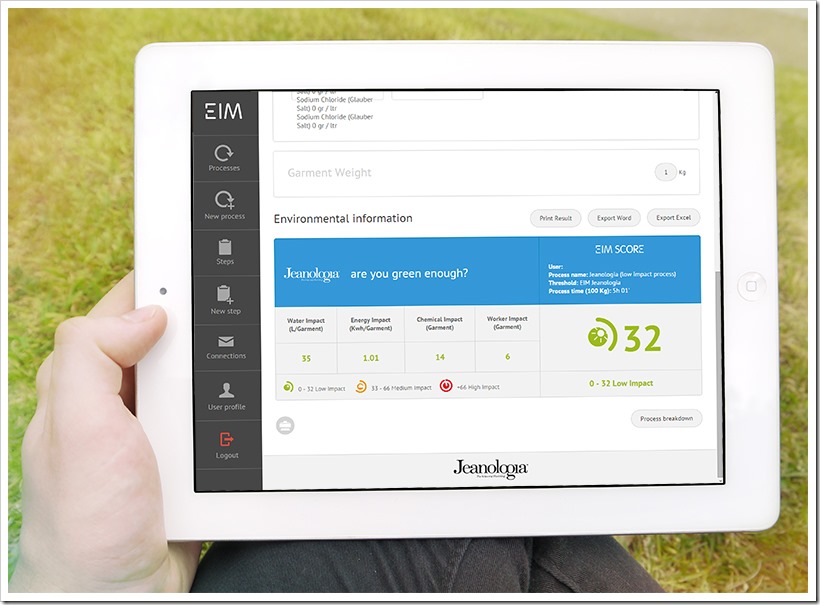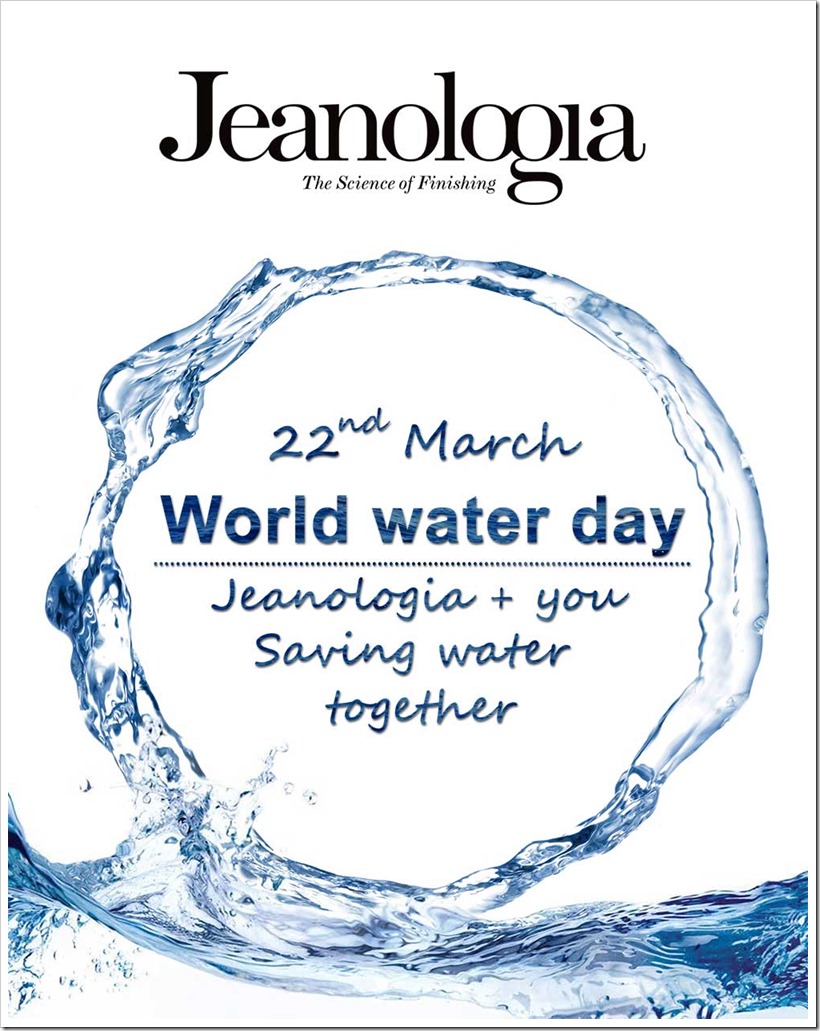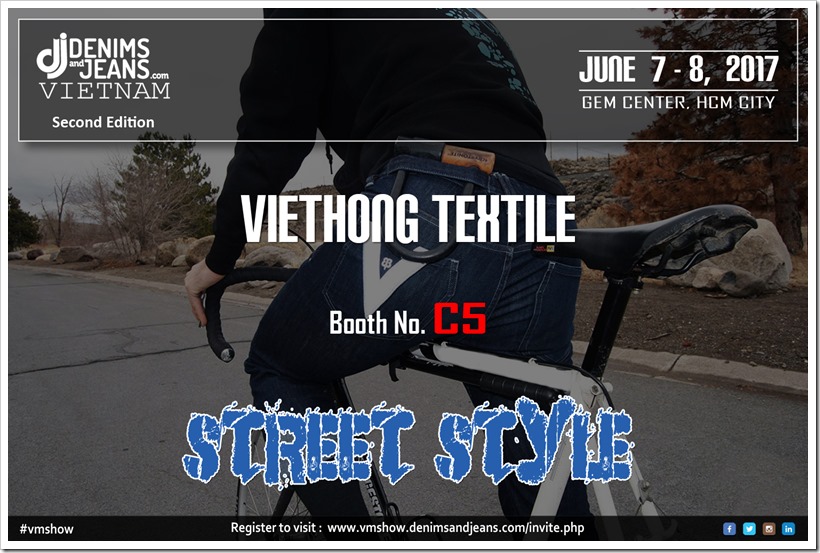This article has been written by Begoña Garcia from Jeanologia Global Sustainability Brainbox where she speaks about the processes Jeanologia developed for reduction in water usage in the jeans washing industry.
Approximately 10 years ago, I was asked to work on a new project in Jeanologia. It was a requirement of the project that we should know exactly how much water was needed in order to finish a pair of jeans in a commercial laundry. I decided to start by researching data from official sources. However, it quickly became clear that there was very little information available on this particular subject. My option was then to call some friends and associates; experts in the laundry industry, who I was fortunate enough to have met and worked with. To answer my question accurately, they first needed a few more details relating to the kind of washing processes involved. Was it a simple rinse wash? A stone wash? A light, medium or a heavy bleach? Once armed with the correct details, they all went through the mental arithmetic process to calculate the amount of liters they would require per garment. All of them stressed the fact that this was approximate data and that the ‘correct’ number in the end depended on many different factors. The most curious thing that came out of this exercise was that, depending on the geographical area the laundry was operating, for the same type of wash process the answer supplied could be different by a factor of 50% or more.
This exercise was extremely useful for us to understand that the optimization and use of resources such as water and energy in the laundry was not an easy task. The exercise also demonstrated that not even industry experts had a ‘real feel’ about the quantity of water they were using in their processes. However, the most important finding was to reveal that the usage of water, our most precious resource, was being use in an excessive and disproportionate way in the laundry industry.
This prompted more questions than answers in my mind.
-
How could we plan to reduce water consumption if we were not able to measure how much we were using in the first place?
-
How could we make decisions on how to address the problem if we were not able to quantify how big the problem was?
-
How could we assess what defined actions would lead to the objectives set? How could we create awareness to motivate reflection and improvements on this area?
The lack of answers to all this questions encouraged us to develop an easy-to-use tool that would allow for the measurement of a garment finishing footprint, and to know, among other things, the quantity of water that was being used to finish each pair of jeans produced in the world. And this is how our EIM (Environmental Impact Measuring software) was born. If there is no measuring there is no improvement.
Thanks to this comprehensive and easy-to-use tool, companies like H&M, Jack & Jones, Mark & Spencer, Lindex among others, can today, without hesitation, answer the question about how much water are they using in their jeans production. This data is absolutely necessary to analyze, set objectives, define actions and accelerate transformation of an industry to reverse the negative impacts of the past.
H&M sustainability report: “Since 2014, we have expanded the scope of the Conscious hang tag to also include products that are made using the most innovative technology to reduce environmental impact in the continued production. For example, since 2015, all of our denim production is covered by a tool developed by the sustainable denim experts at Jeanologia. This helps us measure, set targets and reduce energy and water use for our wash processes. A benchmark for our denim washes is planned to be in place in 2016.”
Phil Townsend, Sustainable Raw Materials Specialist at Mark & Spencer: “M&S recognizes EIM software as combining the benefits of sustainability and innovation. That is why we have been working with our denim suppliers to use the EIM software and understand the amount of water, energy and chemicals used in the manufacturing process. Not only can we measure the impact of the wet processing of our denim products, we can also look for ways to reduce that impact whilst still offering our customers fashionable and desirable product.”
Anna-Karin Dahlberg, Production Support Manager at Lindex: “When starting the development of our Better Denim assortment with the aim of producing our denim in the most sustainable way, Jeanologia was the natural partner to work with. With their expertise and the EIM tool we have been able to reduce the environmental impact without compromising on fashion. At Lindex we have an ambition to be a water responsible company, and we look forward to continuing our collaboration with Jeanologia to become even better.”
Today on World Water Day, not as part of the Jeanologia team but as a consumer and mother, I would like to thank the people within these brand and retailers for their genuine commitment to reduce water consumption in the jeans manufacturing. I also would encourage them, their suppliers, our customers and of course my colleagues to keep working resolutely in this direction. We have been able to demonstrate thus far that it is possible to produce both beautiful and comfortable jeans using minimal amounts of water. We still have lot of work to do, but I feel we all, together, are working in the right direction.

After a research scholar ship in France, she started her professional carrier at a Benetton dyeing house in Barcelona and move in 1997 to Valencia to join Jeanologia .
She has been leading various projects within Jeanologia for different companies of the textile supply chain from fiber producers to brands like,
-
Sewing and garment finishing manual for a multinational fiber manufacturing company.
-
Creation of Production guidelines to solve the technical difficulties in garment manufacturing using stretch denim, contributing to the industrial feasibility of a new revolution in women’s jeans.
-
Training programs for designers and industry professional on garment finishing techniques.
-
Solving out in house production problems and establishing working systems in various laundries around the world.
From 2008, she has been working to build up a more sustainable garment finishing industry and created EIM (Environmental Impact Measuring software), a specific tool for laundry to measure the environmental impact of laundry processes.Nowadays, she is helping Jeanologia to promote into garment finishers and industrial professionals the use of Jeanologia technologies as key elements towards a more sustainable denim finishing industry.
VIETHONG TEXTILE joins us at the 2nd Edition of Denimsandjeans Vietnam to be held on June 7-8 at Gem Center, Ho Chi Minh City . To visit the Exhibition , please register at www.vmshow.denimsandjeans.com/invite.php


